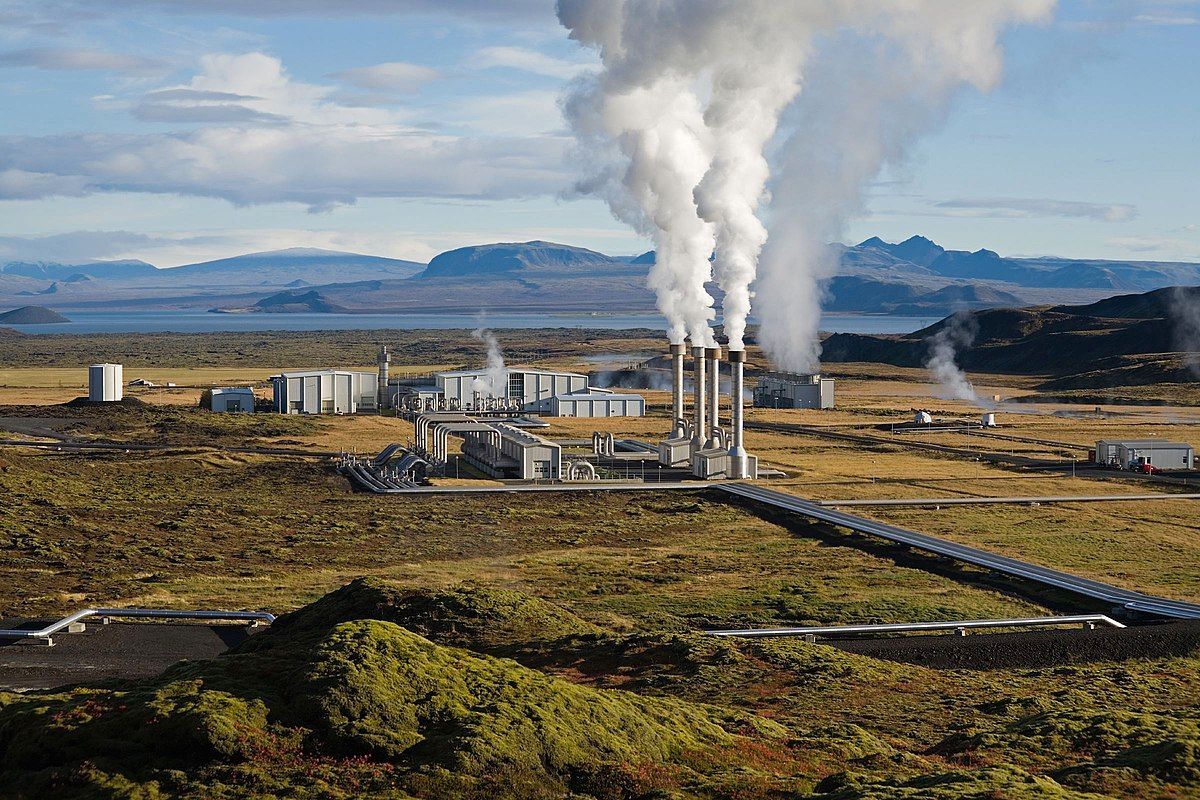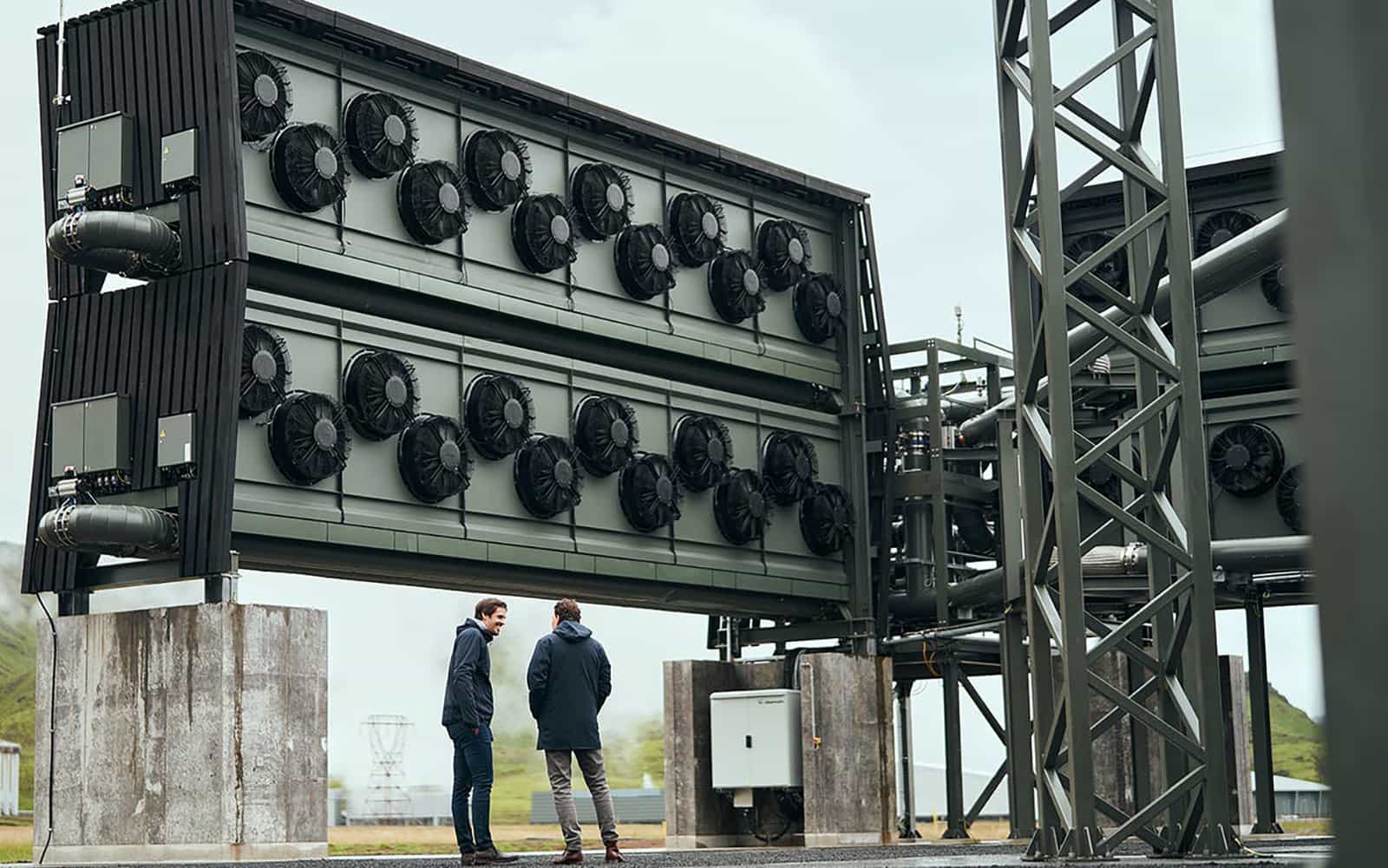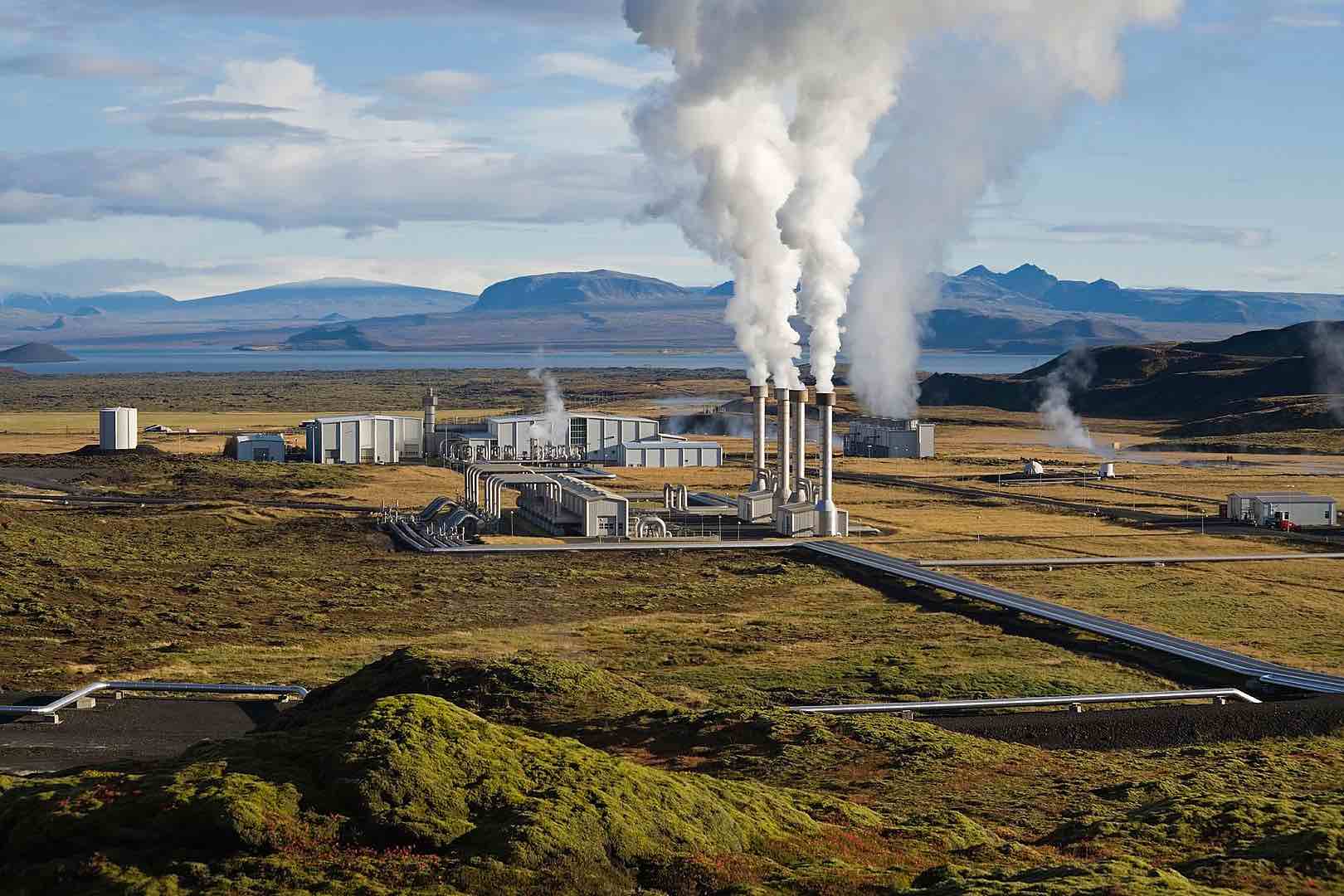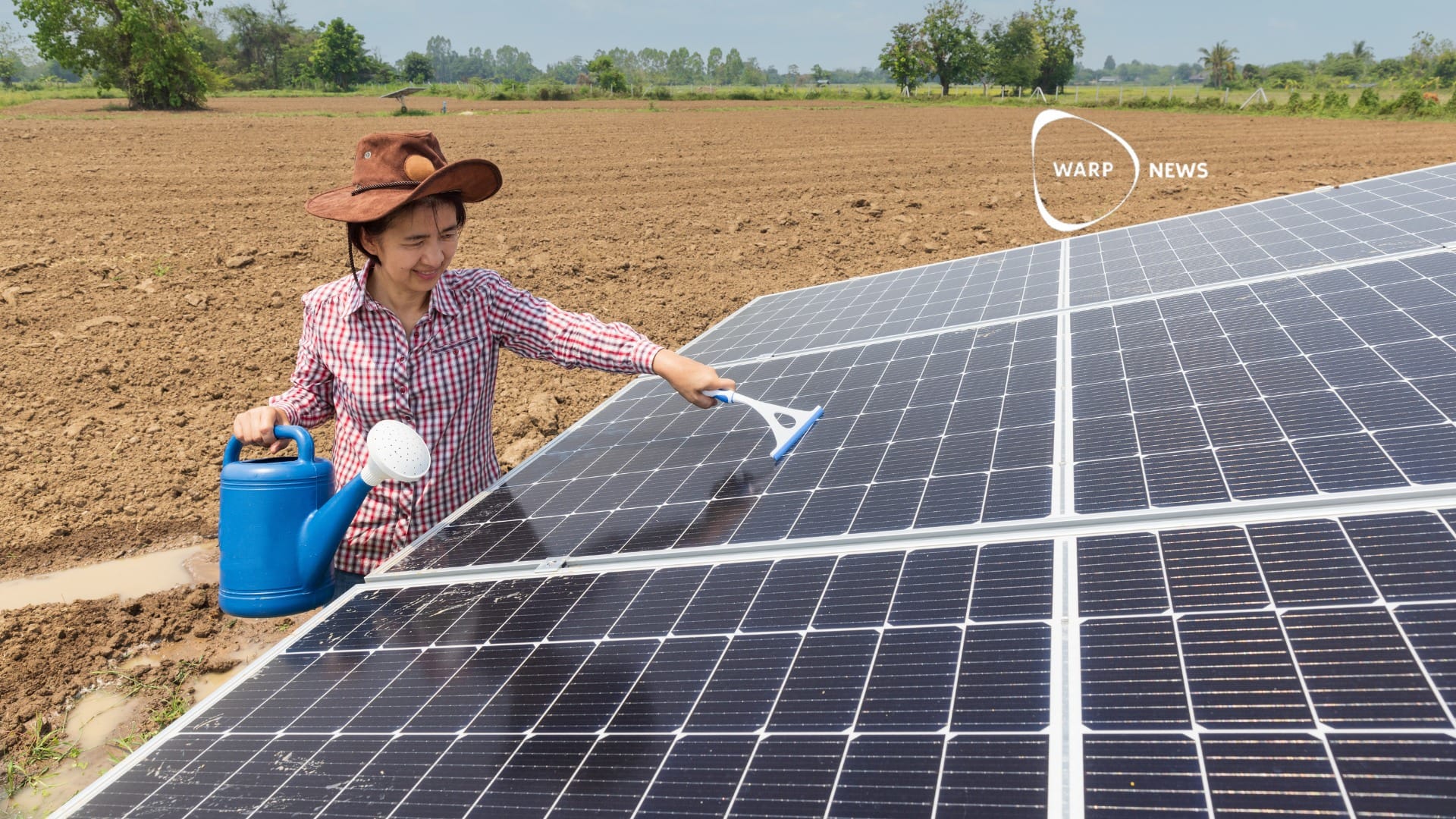
♻ Carbon dioxide separation and storage break records
The number of projects for carbon dioxide separation and storage has increased by 44 percent compared to last year.
Share this story!
Carbon dioxide separation and storage, CCS, is a technology that makes it possible to separate the carbon dioxide in the flue gases from power plants, combustion plants, or large process industries. The carbon dioxide is then compressed and transported to a storage location deep in the ground.
It is a technique that is being used more and more and a report from the Australian foundation Global CCS Foundation shows that the method is breaking records this year.
In total, there are now 196 CCS projects in the world. Of these, 153 are under development, 11 are under construction, and 30 are already in operation. This means that 61 new projects were added during the year. In total, all these facilities will be able to store 244 million tons of carbon dioxide per year. That is an increase of 44 percent from 2021.
“CCS is like a Swiss army knife for climate mitigation. It will continue to play multiple roles in the decarbonization of the global economy. For many important industries such as the cement and chemical industries, there are no other realistic options," says Jarad Daniels, director of the Global CCS Foundation, in a press release.


By becoming a premium supporter, you help in the creation and sharing of fact-based optimistic news all over the world.



